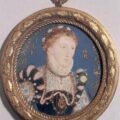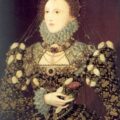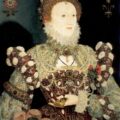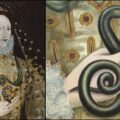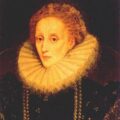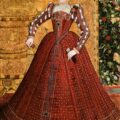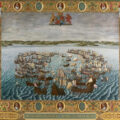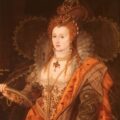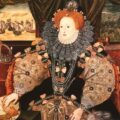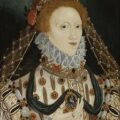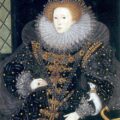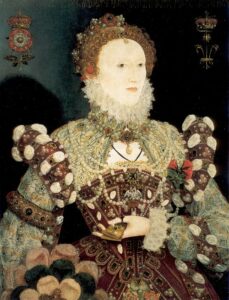
Back in June, I looked at the Phoenix and Pelican portraits of Elizabeth I and examined the symbolism in the portrait. Well, these portraits have been in the news in the past couple of days because art historians have found new evidence which points to them both being painted by English artist Nicholas Hilliard, a man known for his portrait miniatures.
According to a BBC News report, art historians spent nine weeks studying the two portraits and found that the wooden panels are made from wood from the same two oak trees. This means that the portraits came from the same studio and probably the same artist. Tarnya Cooper, curator, said that the results of the research suggested that the portraits were probably the work of Nicholas Hilliard or someone working with him.
The research team also found a tracing on the Phoenix portrait which matches the Pelican portrait in reverse, suggesting that they were painted at the same time. I’ve always thought that the paintings looked like mirror images of each other so it is interesting to find out that the Phoenix portrait was produced from a tracing of the Pelican portrait.
The Phoenix and Pelican portraits are on display now, 13th -19th September, at the National Portrait Gallery in London. This is the first time that they have been displayed together since 1983.
You can find out about the symbolism in the paintings in the following articles:-
Source
- New Clues Point to Portrait Painter’s Identity – BBC News, 12th September 2010
